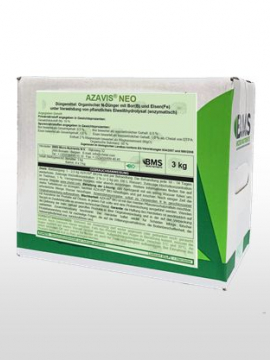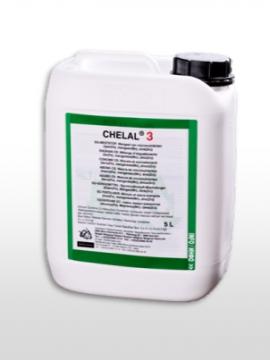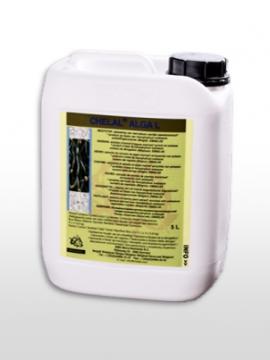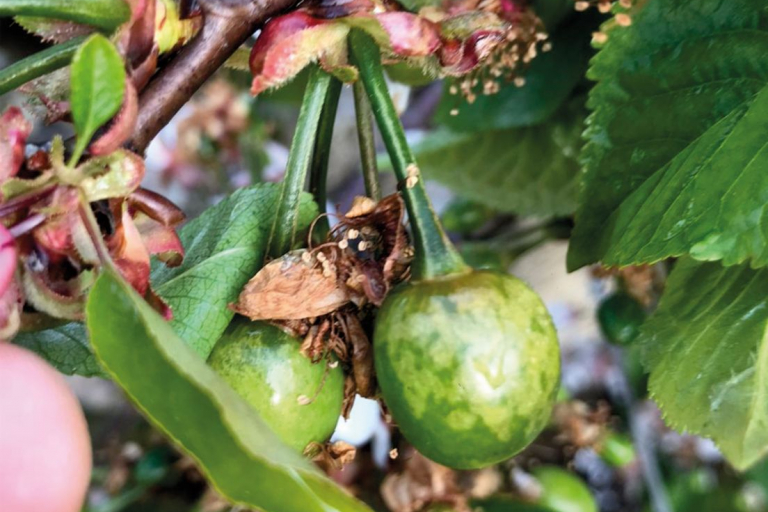You are here

Cotton
Moderate to high sensitivity to the deficiency of: B
Low to moderately sensitivity to the deficiency of: Cu, Fe, Zn
(the sensitivity to the deficiencies of these nutrients can vary in function of the variety)
Calcium
In order to adapt de fertilization of cotton to its needs it is very useful to have the soil analyzed first. Based on this information calcium has to be applied in function of the base saturation of the exchange complex (up to 60-70 %) and the P and K quantities can be adjusted in order to avoid deficiencies and/or excesses.
Zinc
Above all excess P has to be avoided because it will reduce the availability of zinc, a very important element for cotton, which is very sensitive to deficiencies of this element. On top of that cotton is often grown on tropical soils which are generally poor in Zinc. Zinc deficiencies will cause a stunted or dwarf growth, with small leaves on the top. It will also reduce the fruit set and the ripening of the pods.
Boron
An other essential micro-nutrient is without any doubt boron. Deficiency causes, as with Zinc, dwarf growth but also deformed bolls, poor fruit set, and a reduced lint production. The important role Boron plays in the cell division, and in all meristem activity, thus also in the flower formation, pollen production, fertility and fruit set, explains why this element can be so important in the cotton production.
Both zinc and boron have to be applied in the early stages of the plant development. Chelal B and Chelal Zn allow to apply these 2 elements in chelated form so that it is absorbed quickly by as well the leaves as by the roots.






